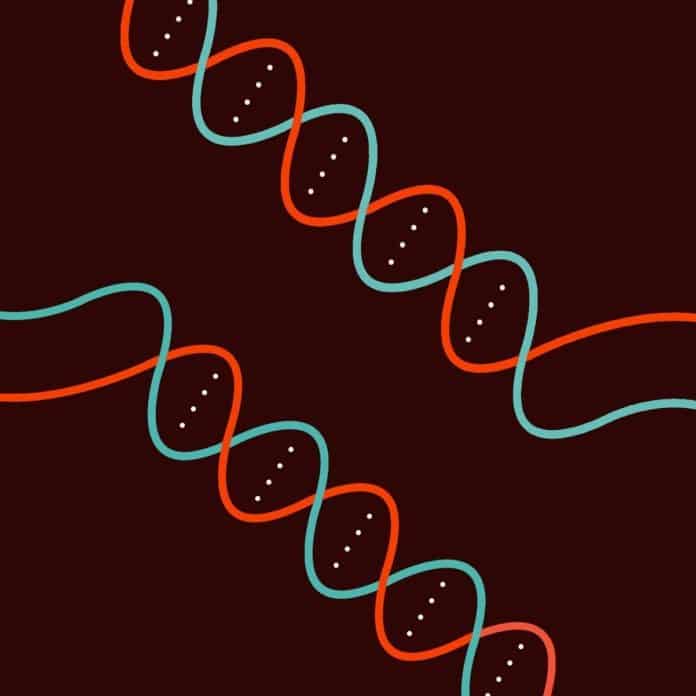CRISPR to the rescue! Editing System Used to Eliminate Latent HIV
Human immunodeficiency virus-1 (HIV-1) disease is still a significant health issue with over 35 million people being infected globally. Combination antiretroviral therapy (ART) was capable of suppressing viremia and restoring main host CD4+ T cells in addition to improving clinical results, thus altering a fatal disease to a manageable chronic illness.
But, it is seen that low-level virion production continues to exist because of viral persistence within cells (e.g. resting CD4+ T cells, macrophages, and follicular dendritic cells) and anatomical reservoirs such as, the central nervous system)
Now, a team of Japanese researchers have, with the help of the gene editing tool- CRISPR- blocked the production of HIV-1 by infected cells.
Describing their in vitro studies, the researchers at Kobe University Graduate School of Medicine and Kobe University Graduate School of Health Sciences state that the initial results indicate that using CRISPR-Cas9 to target HIV-1 regulatory genes could possibly offer a promising new approach to achieving “functional cures.”
“These results show that the CRISPR-Cas9 system, by targeting the regulatory genes of HIV-1, tat and rev, is a promising method for treating HIV infection,” comments co-author Masanori Kameoka, Ph.D., an
associate professor at Kobe University Graduate School of Health Sciences. “We now need to investigate how we can selectively introduce a CRISPR-Cas9 system that targets HIV-1 genes into the infected cells of patients.”The analysis by the research team, targeted two enzymes which regulate the proliferation of HIV-1, called tat and rev.
As per genetic information from six major HIV-1 subtypes, the group designed six kinds of guide RNA (gRNA) that empower specific genome editing utilizing the CRISPR/Cas9 system.
They made a lentiviral vector that communicates Cas9 and gRNA. When they introduced this vector to cultured cells which expressed the regulatory gene products Tat and Rev, they succeeded in considerably reducing the expression and functions of the Tat and Rev.
The group discovered no off-target mutations and also witnessed Cas9 and gRNA not influencing the survival rate of these cultured cells. By introducing gRNA and Cas9 to cultured cells using a persistent HIV-1 infection, they have been able to suppress cytokine-dependent HIV-1 reactivation from latently infected cells and also HIV-1 replication from persistently infected cells.
What’s more, by introducing all six kinds of gRNA at precisely the same time, they were able to almost entirely block virus creation in the cells that were infected.
































